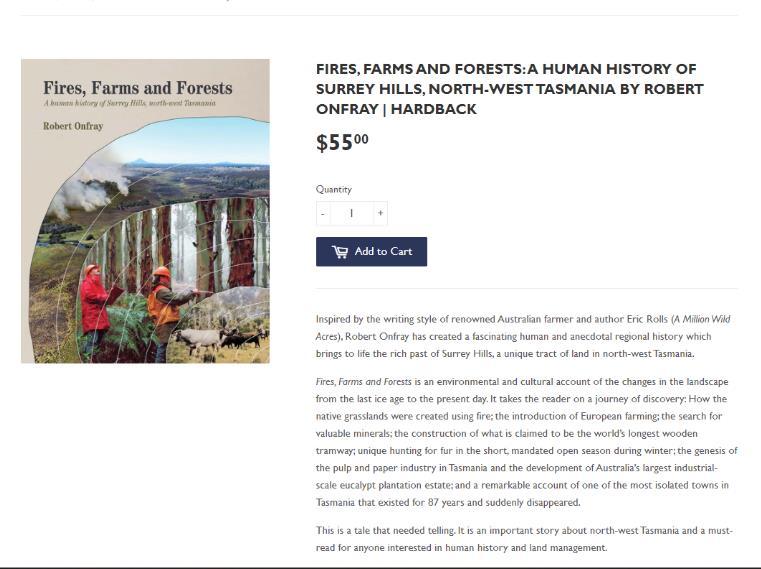
2 minute read
WA page 37 Tasmania
from PNGAF MAGAZINE ISSUE # 9D4D of 15th March 2022 - global timeline forest tree plantations
by rbmccarthy
Department to develop the 'woods' of conifers, which the Colony lacked, as support for the 'forests' of eucalypts, which it had in abundance, the Government's instructions being 'to form plantations of some of the softwoods of commerce and thus to a certain extent make the Colony independent of outside supplies which are daily increasing'. Brown began planting particularly maritime pine (Pinus pinaster) and wattle on 'the seaside commonage' near Bunbury in 1897. His successor, in his annual report for 1899, was of the view that 'it is well known that the pine timber supplies of the world are reaching a visible termination and that in the future there will be certain market for colonial pine wood'. If similar plantations were established at intervals amongst the barren sandhills of the coastline from Geraldton to Albany 'the pines would self-sow themselves ...and in years to come would form on continuous stretch of forest as in the...French Landes... representing untold wealth to the State'.
Tasmania: the first plantations in 1920s. Though a Conservator was appointed as early as 1886, and even by that time rate of depletion of the magnificent Huon pine (Dacrydium franklinii) resource were prompting numerous people, official and private, to press the Government on the matter of softwood afforestation, there was too much to do in trying to exert some sort of control over the profligate use of what looked like an unlimited natural hardwood resource for the successive forestry authorities to consider anything but simple arboreal trials until well into the 1920s.
Advertisement
Though, in the event, results were to fall short of aspirations, Tasmania brought a novel and imaginative response to the enthusiasm of the interstate conference for expansive coniferous planting. In 1921, the newly formed Tasmanian Forestry Association proposed 'the planting of the great waste areas of Tasmania with exotic conifers...the establishment of forest plantations, (and) homes or colleges in which destitute and waif boys of the Empire may find their place, their manhood and their citizenship in planting the waste and in leaving a heritage of enormous value to those who come after'. The sixth conference (Brisbane, 1922) applauded this 'bringing into a forestry partnership of practical usefulness the waste lands of Tasmania and the waste childhood of the Empire'.








